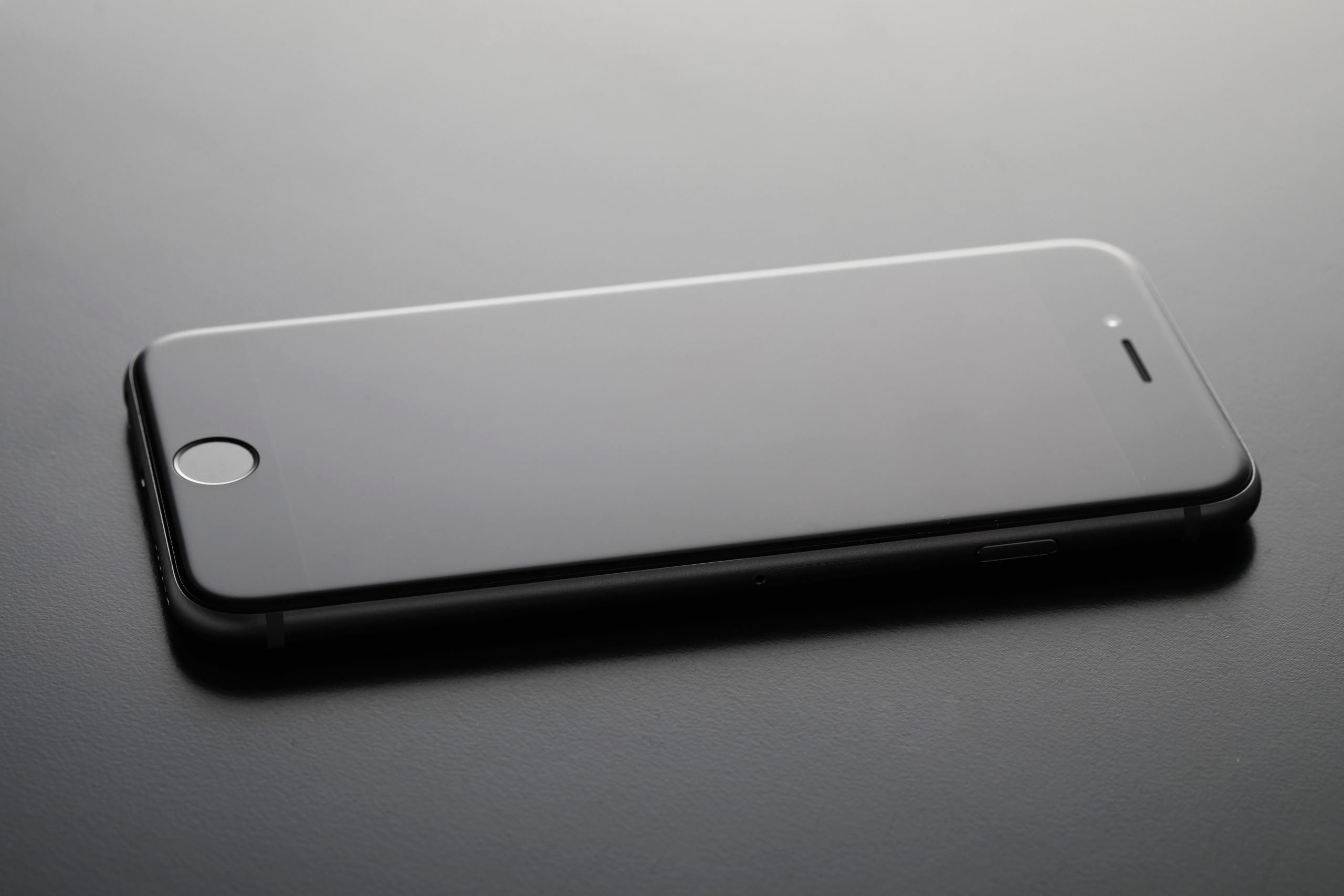


This allows time for self-reflection and to answer the question "What technology do I want to bring back?" People should only retain technology that would cause harm if removed. Deciding to abstain from technology without a positive reward will not work. Some example values include convenience, accountability, community, security and power. A person should decide what they want out of technology based on what they value. Changes that support negative behaviors are not sustainable. Behavior changes that support something positive are sustainable. There are three main steps to achieve digital minimalism in someone's personal or professional life: Minimalism and tech optimization are part of a complete employee wellness program. People and businesses can apply the idea of digital minimalism to help set boundaries and optimize technology to improve employee experience, overall mental health and employees' ability to do their job.

Bring-your-own-device policies also contribute to a lack of digital boundaries, with personal and business notifications flowing in on the same device. Many professions encourage - and often require - constant connectivity with digital devices and social media. The pandemic changed the work-life boundaries for many people. According to a 2022 Gartner survey of 160 HR leaders, 23% of employees were quiet quitters.

Quiet quitting has proliferated as a rejection of hustle culture and lack of job boundaries. This approach could have beneficial effects on digital wellness and reduce burnout at work.Ī recent McKinsey & Company survey found that nearly half of workers reported feeling at least somewhat burned out. They approach technology with a set intention for using it. A successful digital minimalist focuses their time on a small quantity of optimized activities.


 0 kommentar(er)
0 kommentar(er)
